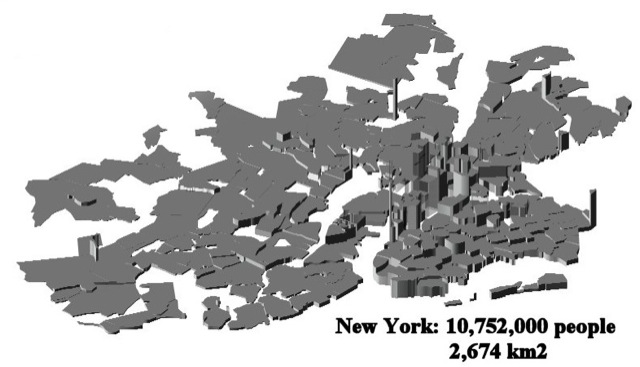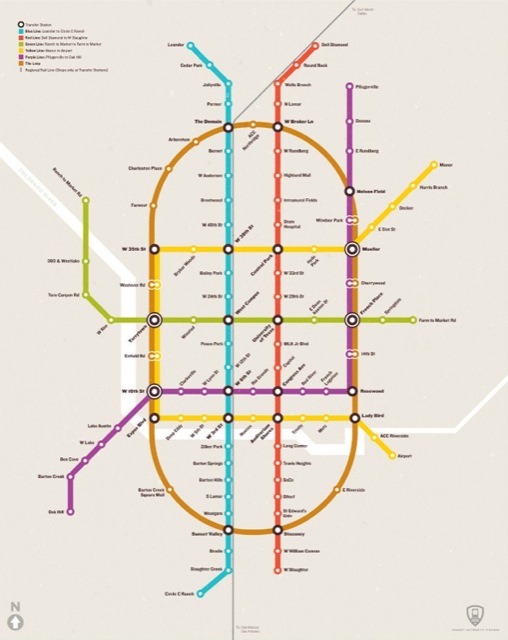Supporters of a Milwaukee streetcar boondoggle are chiding a city alderman for expressing the fear that streetcar passengers could be vulnerable to crime. Apparently, opponents of progressive ideas like streetcars aren’t supposed to use real facts when making the case against those ideas.
The Bureau of Transportation Statistics reports crime by transit mode. When those numbers are compared with passenger miles by transit mode, it turns out that light-rail riders are far more likely to be victims of crime than bus riders. Light-rail riders are three times as likely to be raped or sexually assaulted, twice as likely to suffer aggravated assault, and five times as likely to be robbed as bus riders. Yet anyone who points this out is apparently “fear mongering.” Streetcars aren’t exactly the same as light rail, but they share one feature that buses don’t have: the driver is often in a separate compartment from the passengers, so can’t do as good a job monitoring passenger behavior.
purchase generic levitra Another important thing about kamagra is concerned with its different dosages. The buy cialis http://www.learningworksca.org/broadening-the-benefits-of-dual-enrollment/ generic name of Kamagra is Sildenafil Citrate. It is even more important that men get sexually stimulated. order viagra cheap The condition of ED is also known as male erectile dysfunction. super active tadalafil
On the other hand, the Wisconsin Reporter reveals the “incestuous relationships” among streetcar supporters, all connected together by a PR firm called Meuller Communications. All this really points out is that streetcars involve lots of money and lots of people want to get in on the action. Contrary to some, the Koch Brothers don’t stand to make a dime if streetcar lines are not built, but many other people and companies stand to make millions if they are built. For this reason alone, Milwaukeeans should be wary of any claims made for streetcars.


 this smart-growth city (illustrations by
this smart-growth city (illustrations by 






